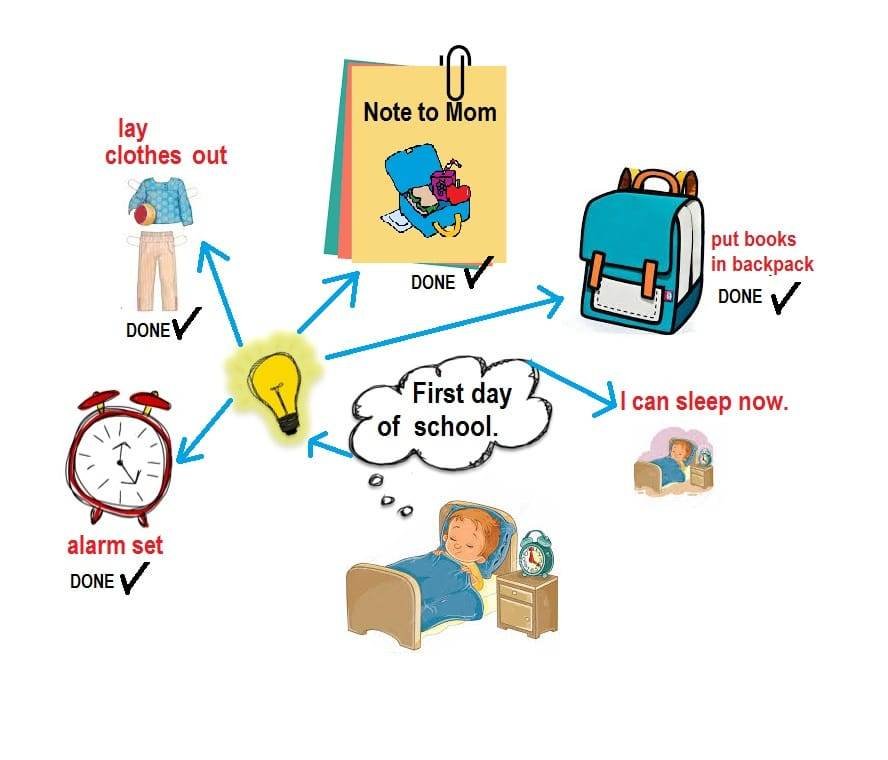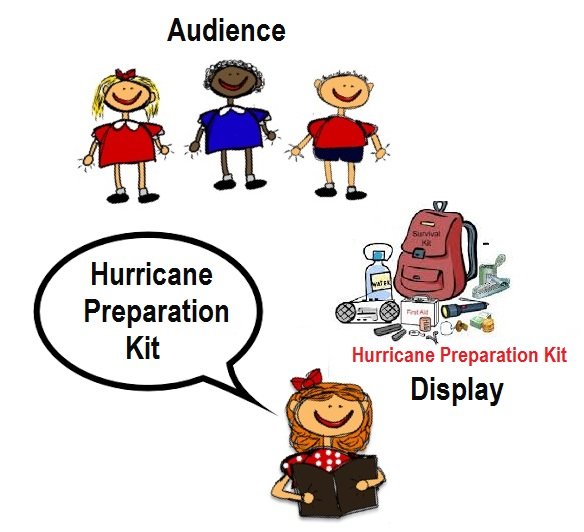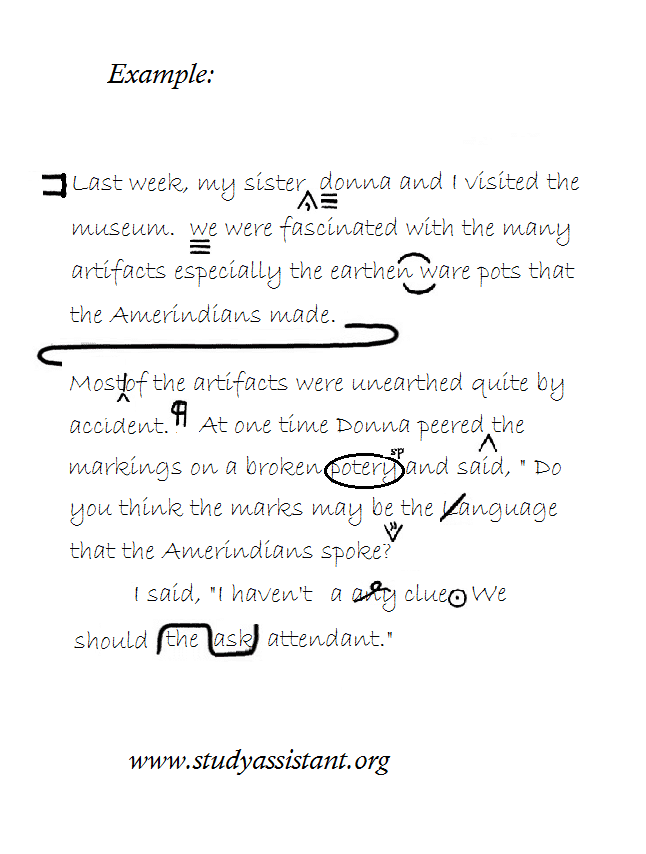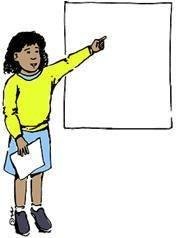We are required to use our mind in writing so our expressed ideas are easily understood. When we write we do this with a purpose; it could be to inform, persuade, entertain, explain, narrate or to describe something. Sometimes the writing could be more than one purpose – but the primary purpose should not be ignored.
The writing process is not one that must follow a strict order. No! You can go back and forth among the steps, repeat a step until you get the results you want. Here is the process.
Here is a simple way to understand the writing process if your are now starting to learn how to write.
Use the writing process to help you write and complete essays.
THE WRITING PROCESS:

PREWRITING
During this stage of prewriting, you explore your ideas, feeling, and what you know about the chosen topic. There are a number of techniques you can use at this stage. You may combine these techniques as best to suit you.
- You can keep a daily journal of your thoughts on the topic. Attach newspaper clippings, photos , songs, poems, etc.
- You can write freely on the topic. Just run of your thoughts on paper without worrying about grammar, punctuation, and spelling.
- You can generate ideas by brainstorming.
- You can organize your thoughts by “clustering” to show how your ideas are connected on paper. Below is a sample of clustering.
- Collect as much information on the topic. Self-question on the subtopics so the information collected would be relevant. Information can also be collected through observation and interviewing.

The Prewriting stage is much like planning for your first day of school. Tommy is anxious for his first day. So he brainstorms the things he needs to put together to begin the first day of school. This will make sure that his first day will go smoothly. He gathers together some things: an alarm clock, clothes, and a notepad. He now has a cluster to show his idea and logical connections. So he sets the alarm to wake him up on time; he lays out his clothes neatly, so he knows what to wear; he writes a note to his mom, so she know what he would like to eat for lunch on his first day; and now he can go to bed and get a good rest. Good preparation for your first day of school Tommy!
During the prewriting stage, you must also determine the main purpose of your writing and who the audience or readers will be for your writing.

The information you have must be organized to make sense for the reader. You can organize information in such a way: by time (chronological order), importance, cause and effect, or comparison and contrast.
DRAFTING
Write our draft. Organize your facts and details. Make sure each paragraph has a main idea and supporting details that are relevant. You sentences should be interesting, not too many long sentences, or to many short sentences.
REVISING/EDITING
You should always review your writing to make sure it is well organized and easy to understand. Make the relevant changes to the writing. Improve your paragraphs.
PROOFREADING
During the proofreading stage, you check for and correct spelling and grammatical errors. Get accustom proofreading your own writing. The more you do it, the better you get at it. Here is a sample and an example of proofreading symbols you should know at this stage.


PUBLISHING AND PRESENTATION
The last stage is publishing and presentation. You might read out your work in class or submit a written paper to your teacher, or a newspaper, or even a friend. Be calm and respectful when you are doing an oral presentation. Show yourself as someone you are worth presenting for others to listen to.





